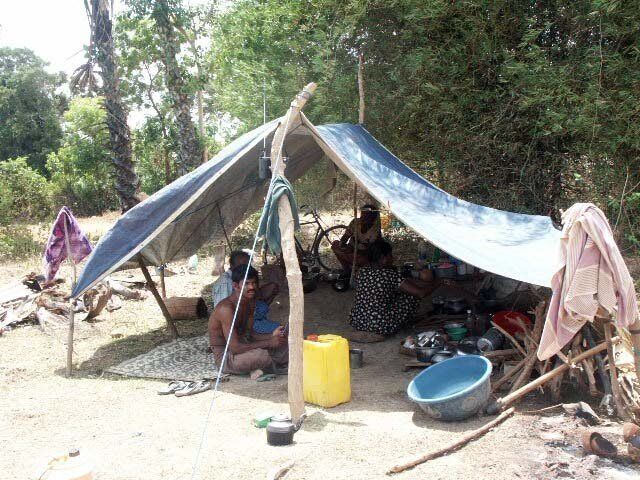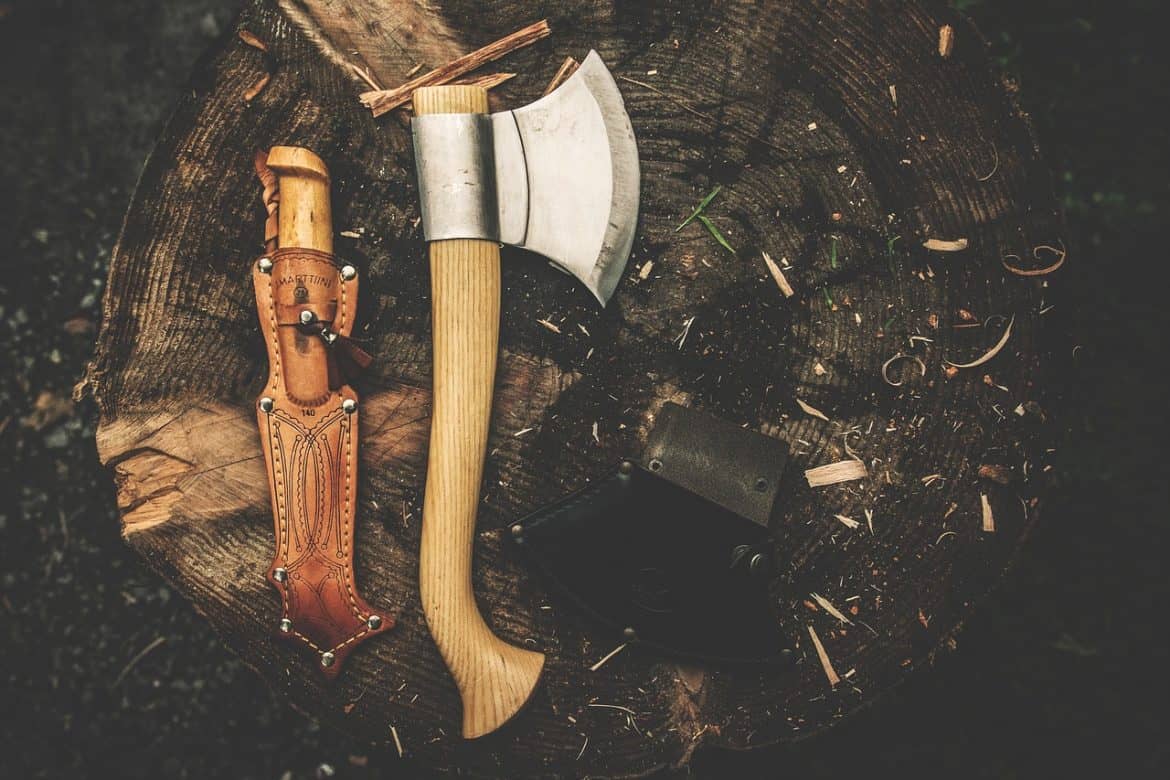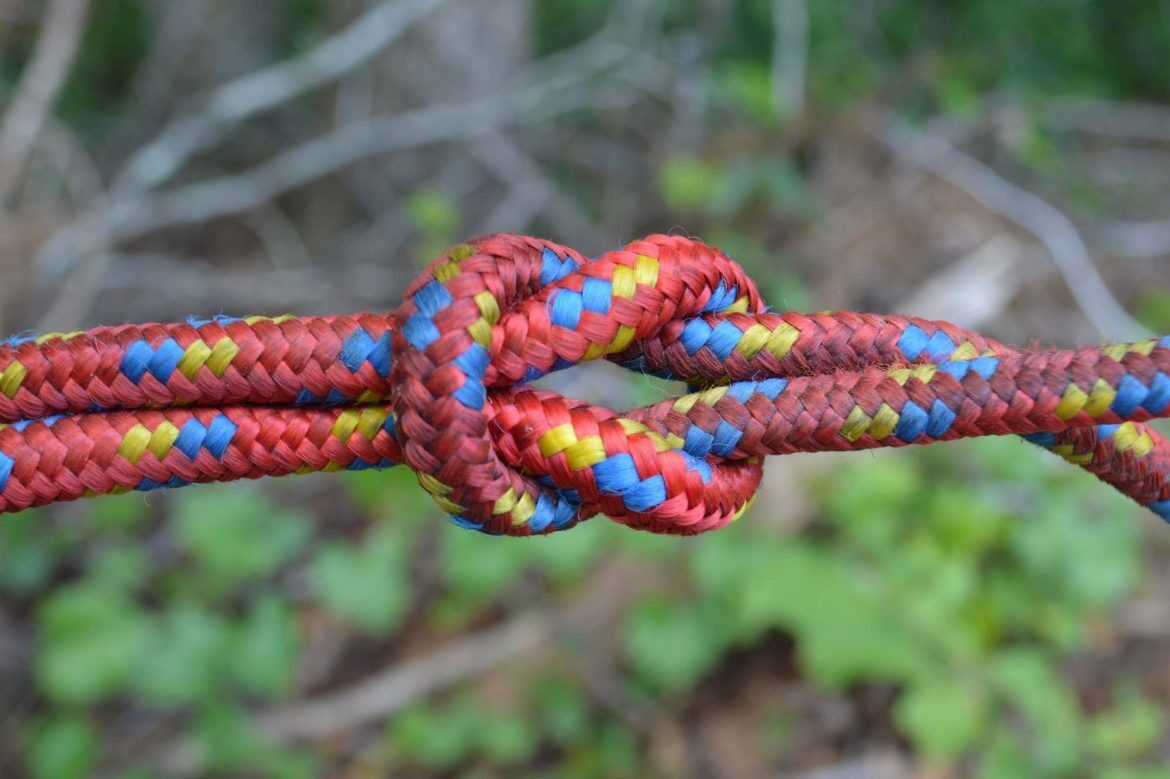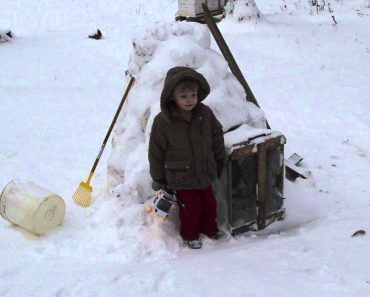Wilderness survival can be one of the most challenging adventures of a lifetime. Being in the wild and with nature can be a profound experience. However, things in the wilderness may not be just about sightseeing, exploration and fun. If one desires to venture the wild and to keep alive staying there, he should know […]
Category: Outdoor Life
7 Must Have Items for Wilderness Survival
If you are going out into the wilderness, you should make sure you are going well prepared with the right items for survival. Sure, no one wants or expects to get into a life threatening situation. However, in the wilderness, anything can happen at any time. In this article, we have complied 7 must have […]
How to Make a DIY Toilet Paper Holder for Camping
If you want a more watertight Toilet Paper Holder holder than the one we showed you a few months ago, I have a more complex version. This version uses a 2-liter soda bottle, some string, tape and a ziplock bag. How to Make a Toilet Paper Holder Cut the bottle in half, ensuring that the end […]
How to Tie a Square Knot (AKA Reef Knot)
The Square Knot is one of the most well known knots. It is easy to tie and is useful for low strain ties. While most people call this knot a square knot, in actuality the knot is names the reef knot. The knot is popular among sailors, climbers, and gift wrappers for its convenience and […]
How to Build a Snow Igloo With Your Kid
Since this was the first time in a LONG time that I had a job that did not find it essential to be in during disasters my family decided to have fun in the snow. The easiest way to do that and still secretly teach WT some skills was to build a snow igloo. It […]





